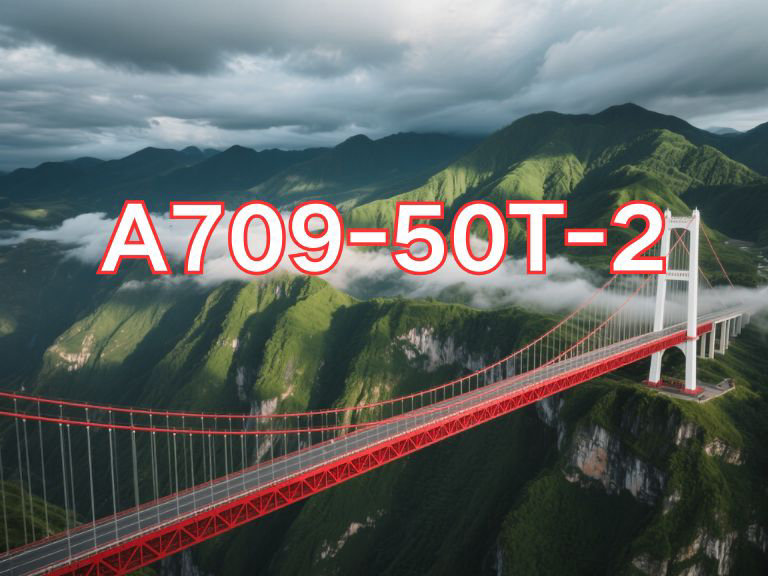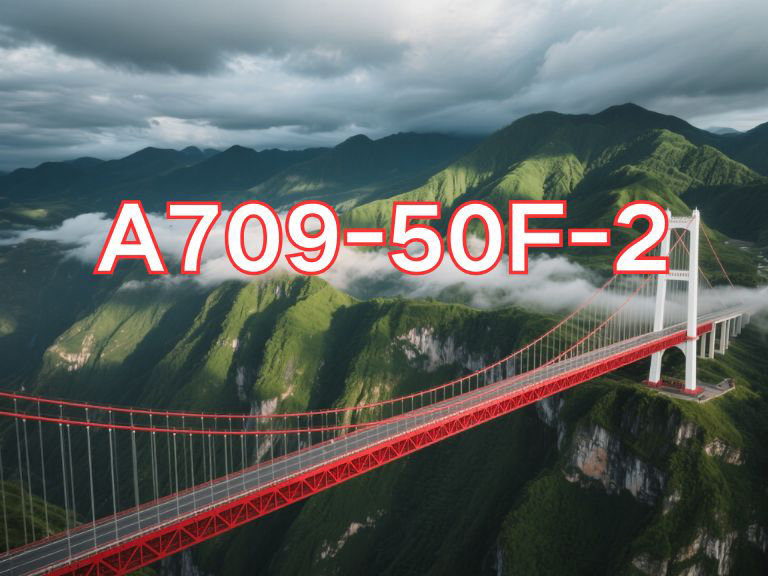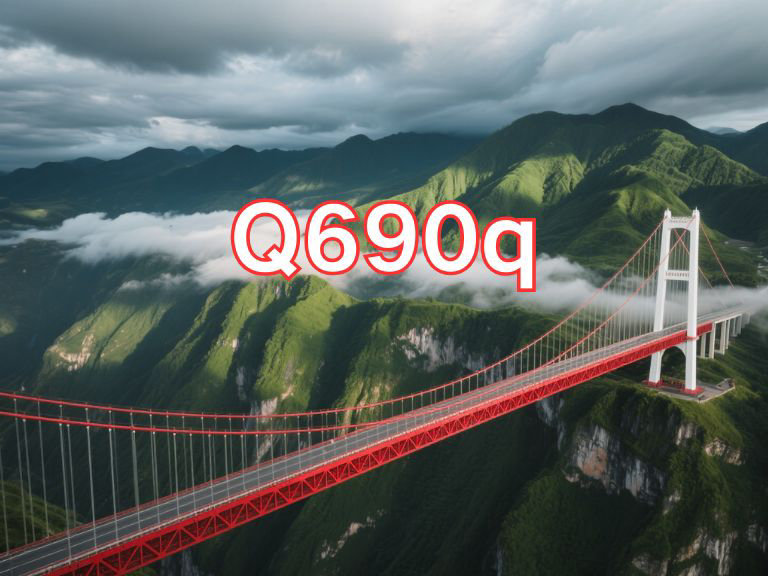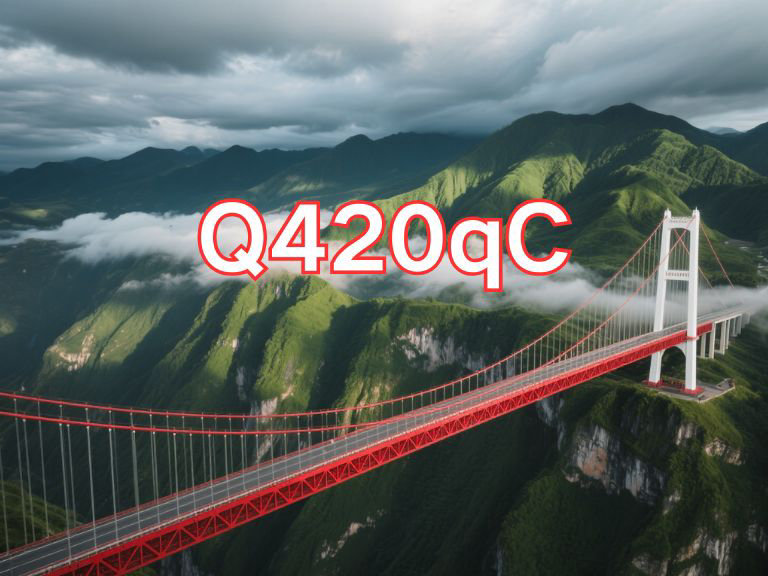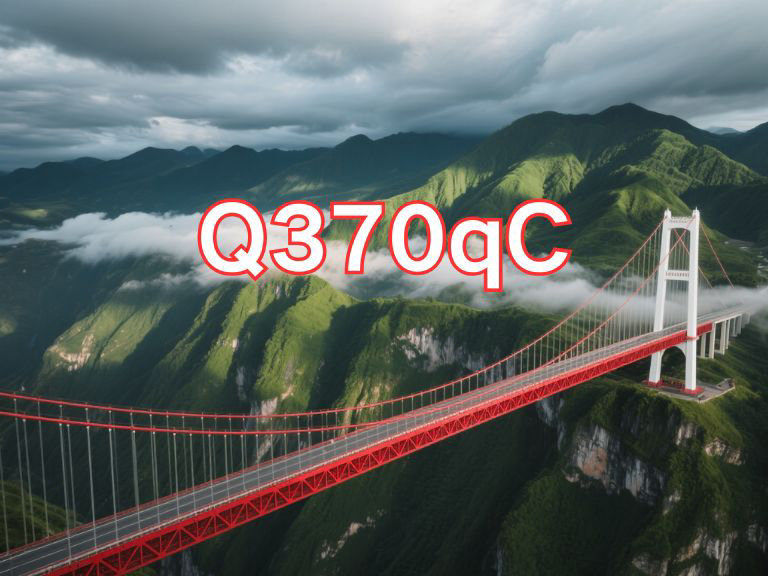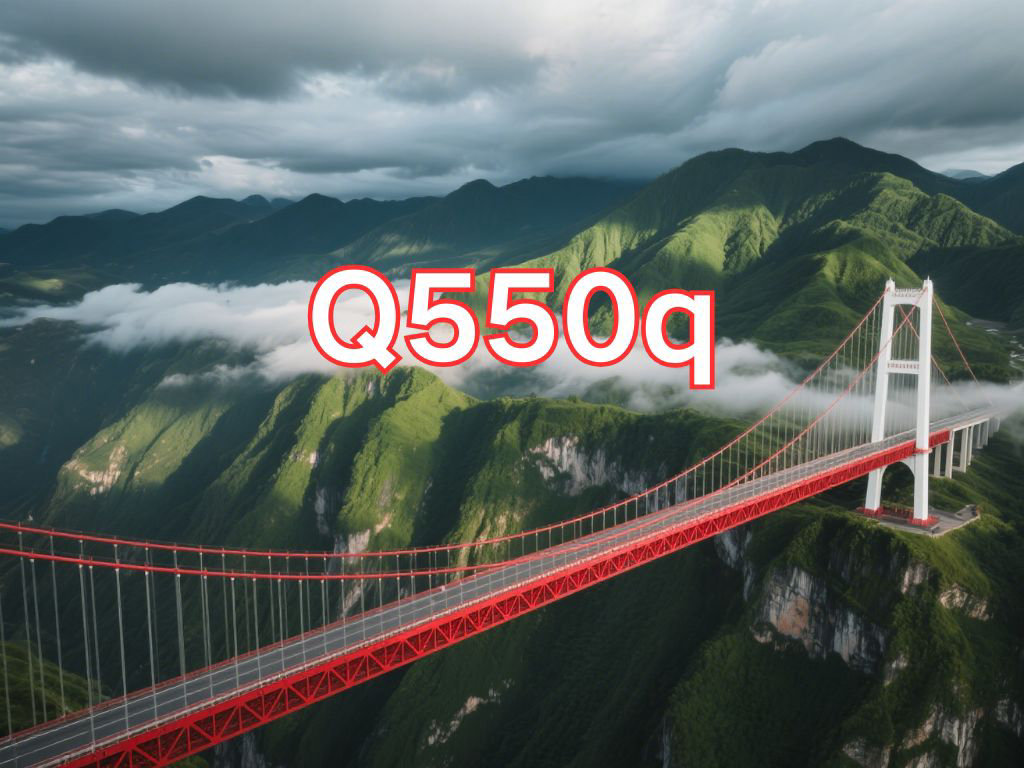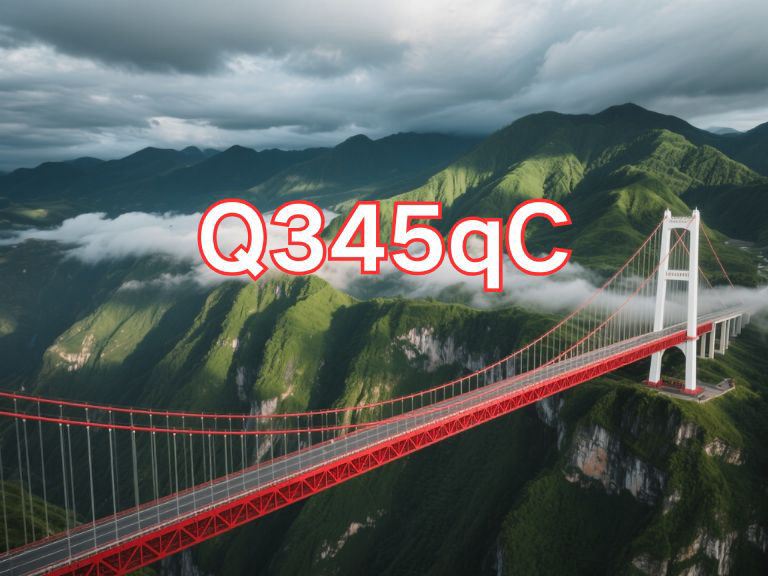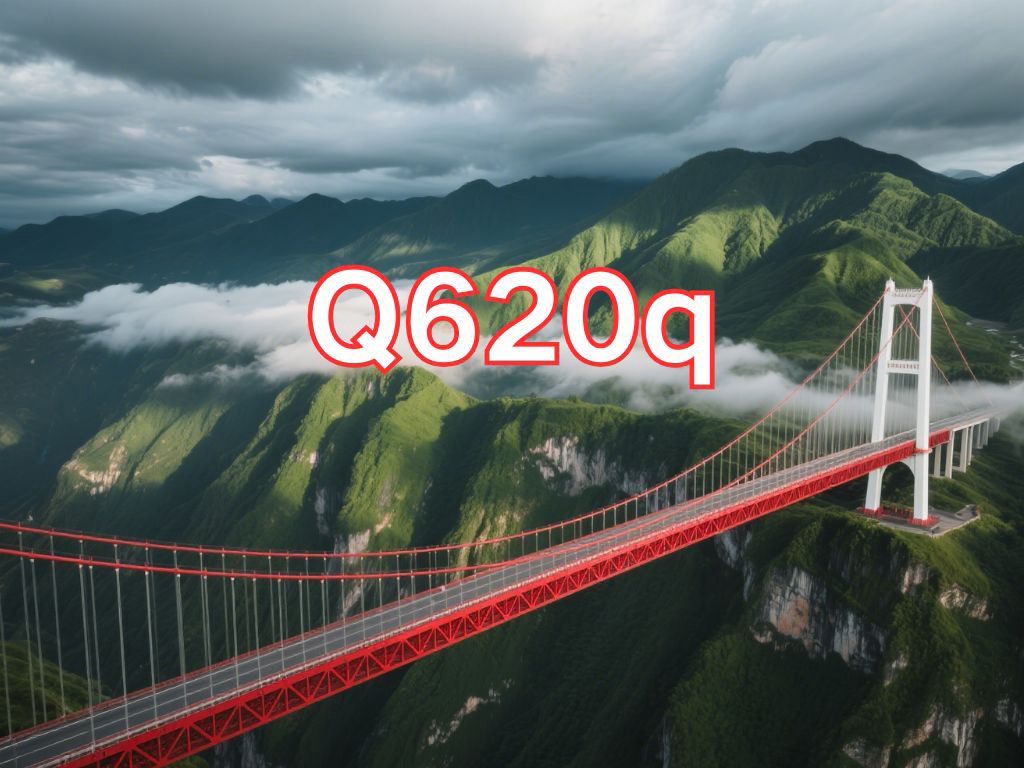

Q620q
Q620q is a high-strength low-alloy structural steel specified in GB/T 714-2015 "Structural Steels for Bridges", with a minimum yield strength of 620 MPa. It offers excellent toughness, weldability, and fatigue resistance, making it suitable for heavy-load, large-span, and low-temperature bridge applications.
Grade Designation Explanation
Q: Stands for "Yield Strength" (Qu Fu) in Chinese pinyin;
620: Indicates the specified minimum yield strength of 620 MPa;
q: Stands for "Bridge" (Qiao) in Chinese pinyin, denoting that this grade is specifically intended for bridge structures.
Physical Properties
Density: ~7.85 g/cm³
Elastic Modulus: ~206 GPa
Thermal Expansion Coefficient: ~12×10⁻⁶/°C (20–300°C)
Thermal Conductivity: ~40–50 W/(m·K)
Yield Strength (ReL): ≥620 MPa (for thickness ≤50 mm)
Tensile Strength (Rm): 720–880 MPa
Elongation (A): ≥15%
Impact Toughness:
KV₂ ≥120 J at –20°C
KV₂ ≥47 J at –40°C
(depending on quality grade, e.g., Grade D, E, or F)
Chemical Composition (Typical, wt%)
Element Content Range
C ≤0.18
Si 0.20–0.60
Mn 1.20–1.70
P ≤0.025
S ≤0.015
Nb 0.01–0.05
V 0.02–0.10
Ti 0.01–0.05
Alt ≥0.020
Note: Microalloyed with Nb, V, and Ti for grain refinement and precipitation strengthening, typically processed via TMCP (Thermo-Mechanical Control Process).
Application Areas
Q620q is primarily used in critical load-bearing components of modern steel bridges, especially under demanding conditions:
Main girders and trusses of long-span cable-stayed and suspension bridges;
Steel box girders and orthotropic bridge decks;
Bridge structures in cold regions requiring –40°C impact toughness;
Seismic-resistant and heavy-load bridge systems.
Testing and Manufacturing Methods
Manufacturing Process: Produced via BOF or EAF melting, followed by ladle refining (LF), vacuum degassing (VD/RH), continuous casting, and controlled rolling (TMCP) or quenching and tempering (QT).
Heat Treatment: Typically TMCP; QT may be applied for thicker plates to enhance toughness.
Testing Requirements:
Tensile test (transverse sampling)
Bend test
Charpy V-notch impact test (–20°C, –40°C)
Z-direction tensile test (for thickness >25 mm)
Ultrasonic testing (UT) per GB/T 2970 or equivalent
Weldability assessment
Metallographic examination
Applicable Standard: GB/T 714-2015 "Structural Steels for Bridges"
Equivalent or Similar Grades in ASTM, JIS, and EN
China - GB: Q620q
USA - ASTM: ASTM A709 Grade 100
Japan- JIS: JIS G3116: SMHA80
Europe- EN: EN 10025-6: S620Q / S620QL1
Note: No exact international equivalent exists. Engineering evaluation is required for cross-standard substitution, considering strength, toughness, weldability, and service environment.
The Q620q grade was first officially introduced in GB/T 714-2015 "Structural Steels for Bridges", which replaced the previous GB/T 714-2000 edition. This revision significantly upgraded the strength levels and performance requirements for Chinese bridge steels, introducing high-strength grades such as Q420q, Q460q, Q500q, Q550q, Q620q, and Q690q to support the construction of ultra-large-span, high-performance, and durable bridge infrastructure.

Ultrasonic Testing (UT)
A key non-destructive testing technique that uses high-frequency sound waves to detect internal flaws in steel plates. The probe emits sound waves, which reflect when encountering defects such as cracks or inclusions. The receiver captures the echoes, enabling precise determination of defect location and size. With high sensitivity, strong penetration, and fast inspection speed, UT effectively ensures internal quality, widely used in the production of heavy plates, pressure vessel plates, and other high-end products to guarantee safety and reliability.

Magnetic Particle Testing (MT)
A common surface inspection method that magnetizes the workpiece, causing leakage magnetic fields at surface or near-surface defects like cracks or inclusions, which attract magnetic particles to form visible indications. Simple to operate and highly sensitive, MT is suitable for rapid inspection of surface and near-surface flaws in ferromagnetic materials, widely used for online or offline inspection of plate edges, ends, and welds, ensuring product quality and safety.

Penetrant Testing (PT)
A non-destructive method for detecting surface-breaking flaws. A penetrant liquid is applied to the cleaned steel surface, allowing it to seep into defects such as cracks or pores. After removing excess penetrant, a developer is applied, causing the trapped penetrant to bleed out and form visible indications. Simple and cost-effective, PT is suitable for inspecting surface defects in various non-porous materials, commonly used for welds, castings, and complex components, effectively ensuring surface quality of steel plates.


